Ebonizing
Ebonizing

Table of contents :
Ebonizing
Ebonizing is, like the name says by itself, a mean to stain wood that gives, under certain conditions, a nice deep black color, similar to ebony.
The piece here on the right is a french knitting spool made of ebonized chesnut wood, inlaid with tin, like the legendary breton bombards of famous luthier Jean-Pierre Jacob.
The ebonization is obtained by chemical reaction between iron acetat and the natural tannins of the wood.
Iron acetat is simply obtained deeping some iron, more precisely steel containing iron in acetic acid, that is to say … vinegar.
For this to work correctly, it is imperative to use tannic woods. Tannins are chemical substances naturally produced in particular by trees, in variable proportions, depending on the species.
The greatest concentrations of tannins are found in the bark of oak and chesnut trees. It is thus with these species that we will get the best results.
We can however help the process for the poorly tannic woods, soaking them first with some strong black tea, or even better, with a “tea” made of oak or chestnut tree bark, reduced into powder and brewed into hot water for some time.
Here under, are some results on different wood species found in my shop.
Some of the results are rather light, but one can repeat as many times as necessary the process with tea+iron acetat, each time darkenning more and more.
Preparation

 |
|
|---|---|
| The iron acetat: simply a steel wool pad dipped into a jar filled with white | |
| vinegar. You leave it for 2 or htree days to brew. |
The wood samples :
- Red exotic wood
- Holly
- Chestnut tree
- Ash
- Spruce
- Beech
- Maple
Application
One half of each sample is soaked with a layer of blak tea,
very strong.
Results
 | Results, after three
| Results, after three
| layers of iron acetat. | |
|---|---|
 |
- Top : true ebony
- Bottom : Chestnut tree (original color on the side)
For that wood, tea is of no help, there is enough natural tannins.
Ebonizing result is darker than genuine ebony, with a lightly purple aspect.
A waxed, or even better oiled finish will give it back deepness and removes the purple aspect.
 |
|
- Top : true ebony
- Bottom : Red exotic wood, like Sipo.
Tea has a very moderate effect on this naturally tannic wood..
Correct result. One should persevere in iron acetat.
 |
|
- Top : true ebony
- Bottom : Ash
We can see on the right part the effect of tea application. Ash is nevertheless supposed to be a tannic wood, but this plank seems to have few tannins, which prooves again that wood properties can be very variable, even inside a same species. Tea is essential.
Medium results.One should persevere in tea + iron acetat.
 |
|
- Top : true ebony
- Bottom : Holly
We can see in the top part the effect of the tea application. Tea is essential.
Medium result . One should persevere in tea + iron acetat.
 |
|
- Top : true ebony
- Bottom : Beech (end grain)
Poor results, but no tea application in this case.
One should persevere in tea + iron acetat.
 |
|
- Top : true ebony
- Bottom : Maple
We can see on the right part the effect of the tea application, tea is thus essential.
Poor result . One should persevere in tea + iron acetat.
 |
|
- Top : true ebony
- Bottom : Spruce
We can see on the right part the effect of the tea application, tea is thus essential. Spruce is one of the less taninic woods.
Poor result . One should persevere in tea + iron acetat.



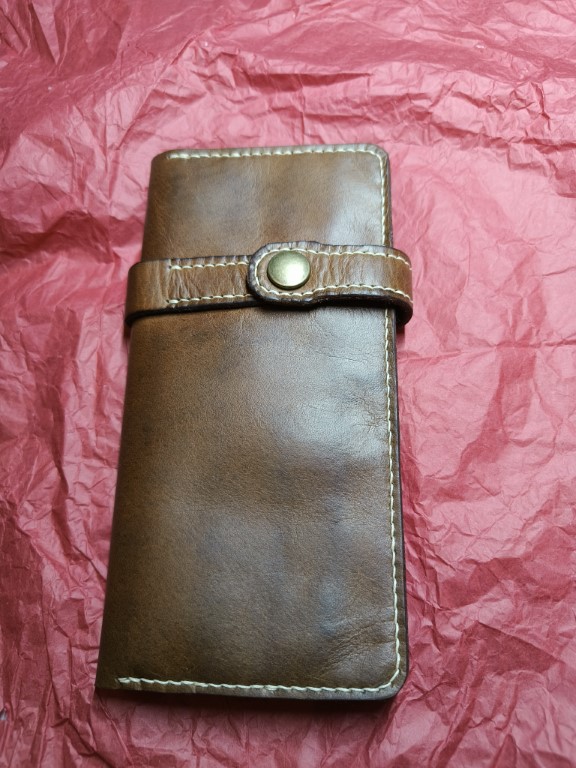

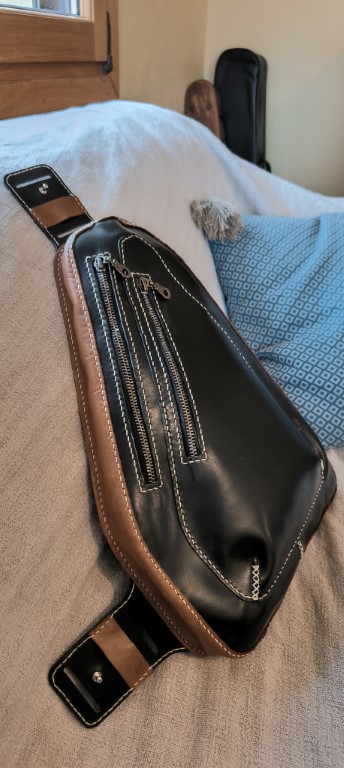
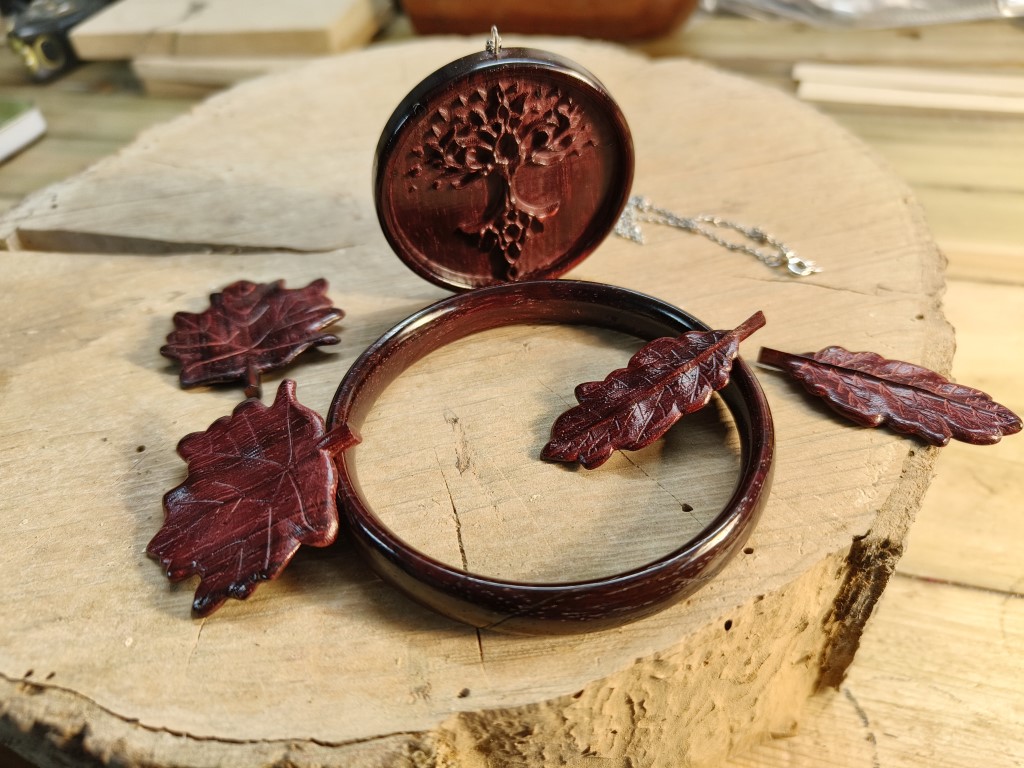
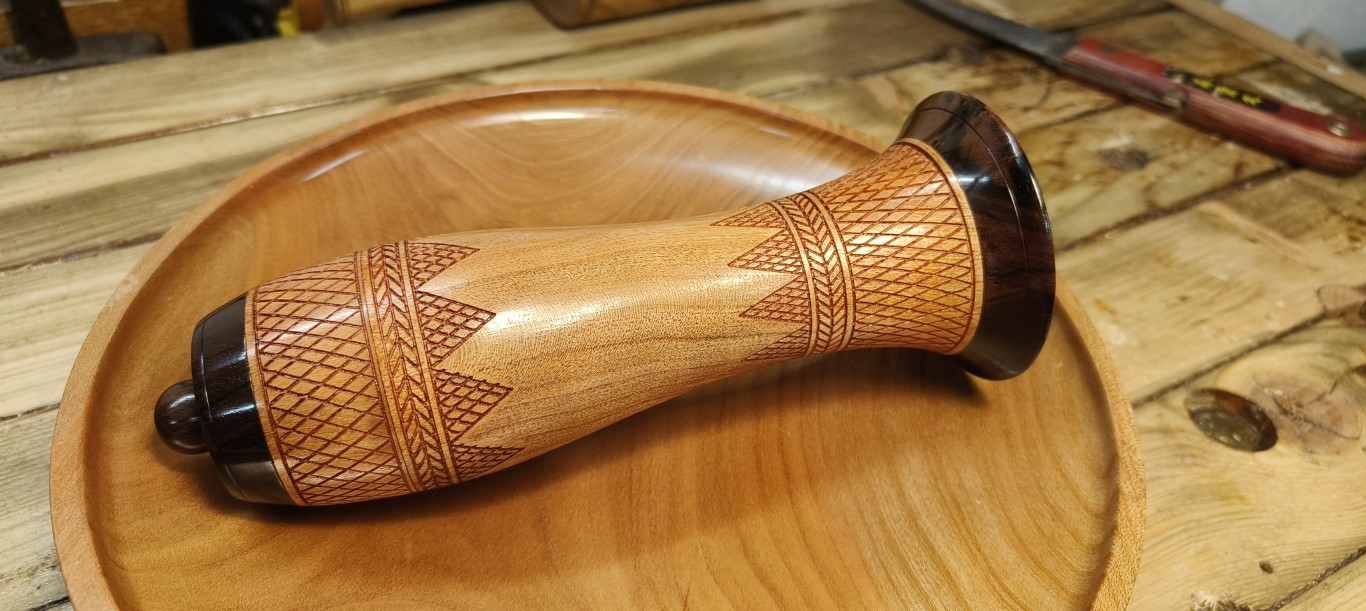


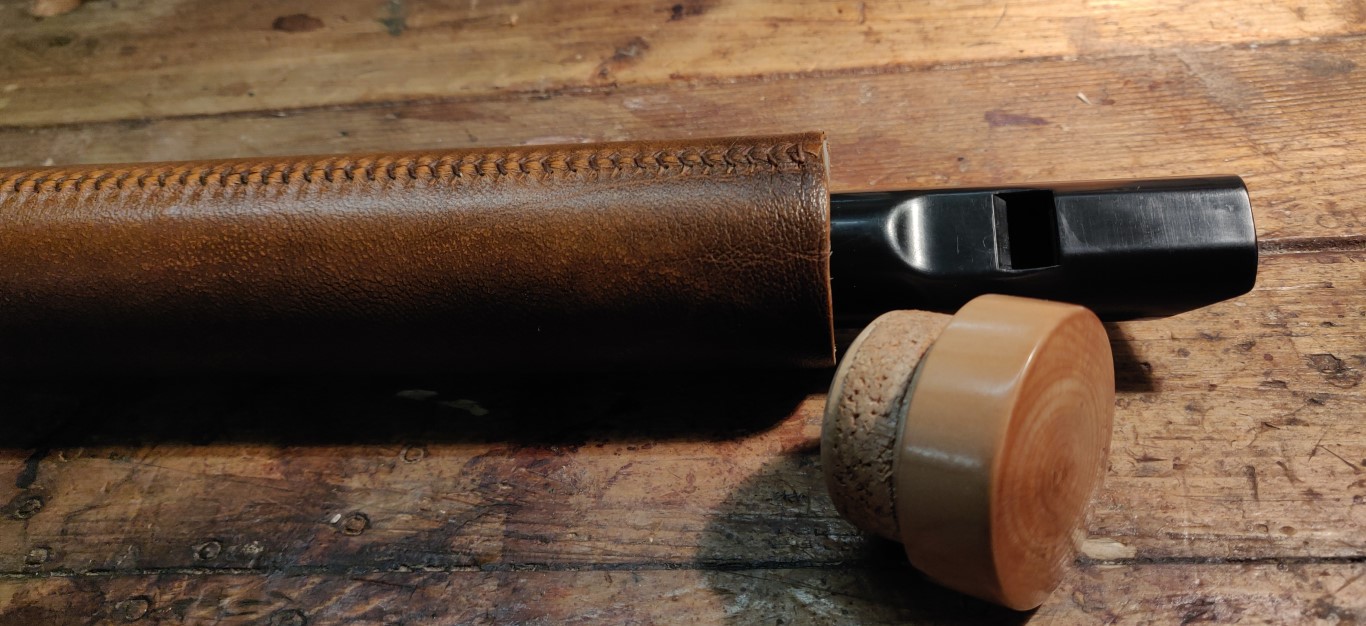
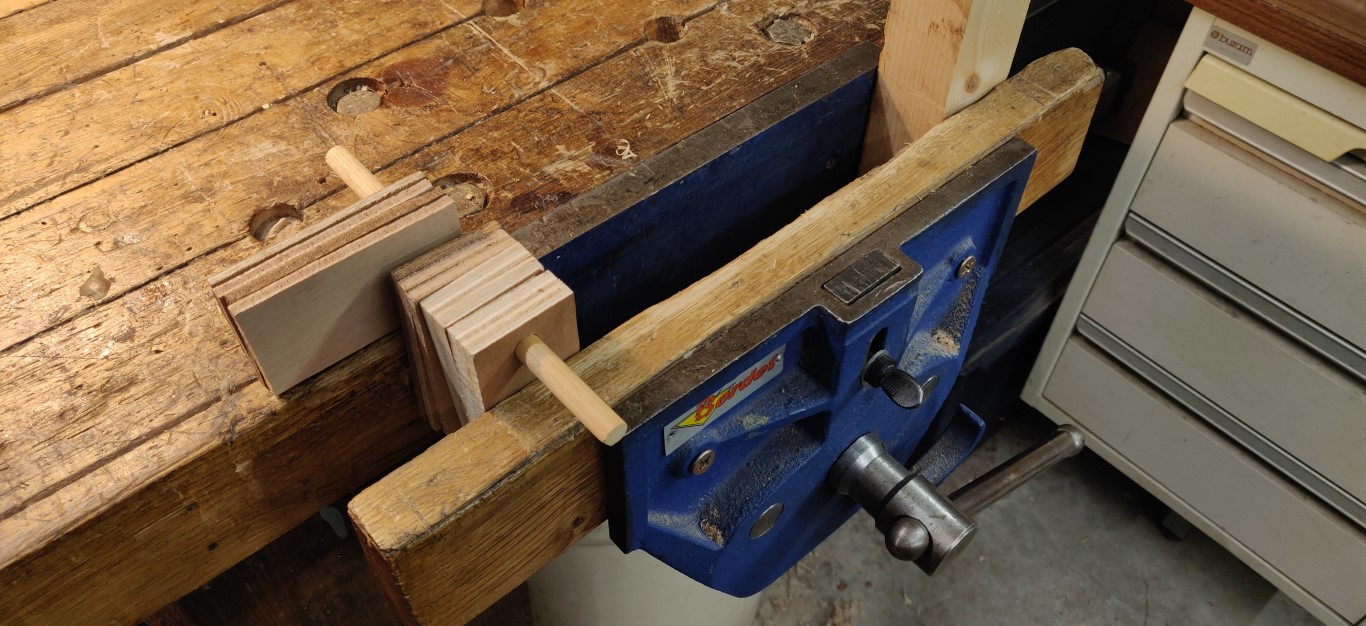
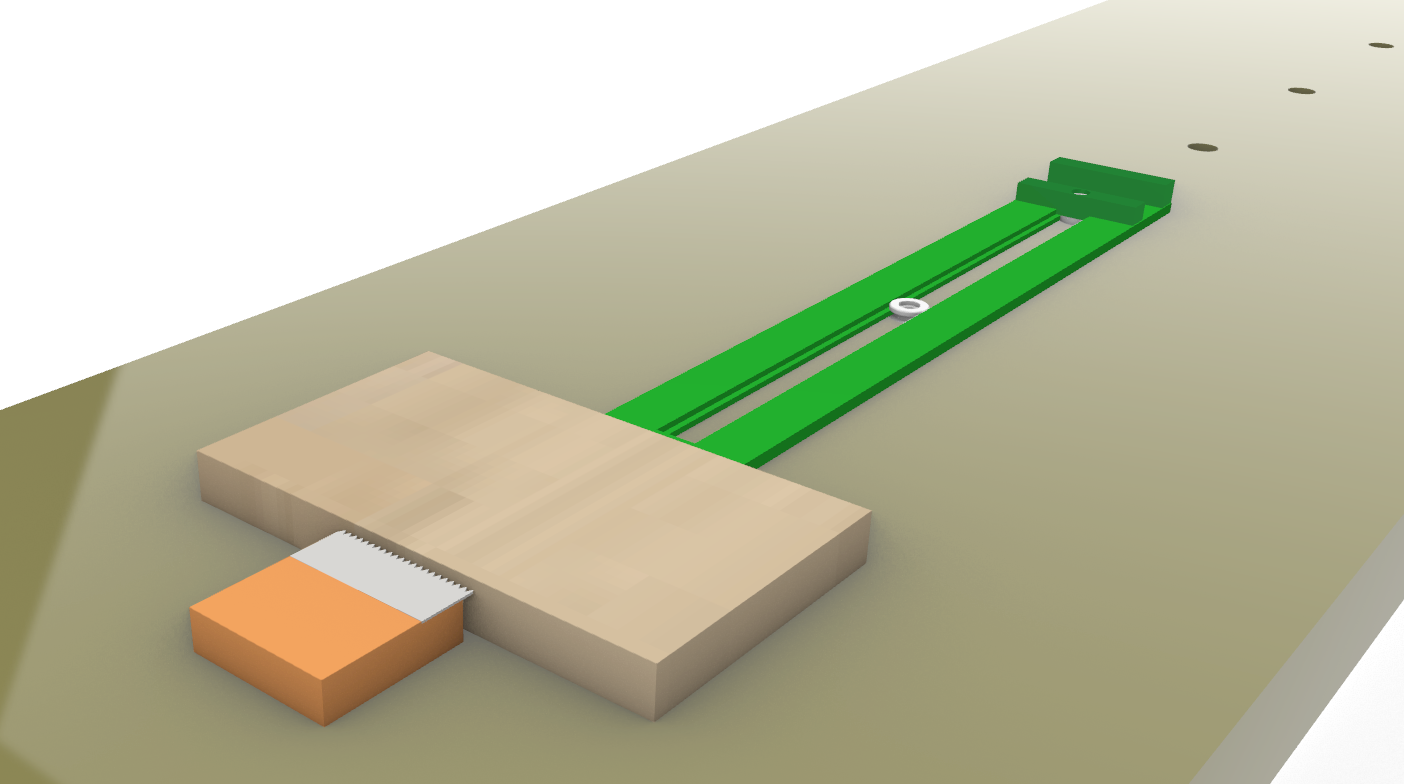
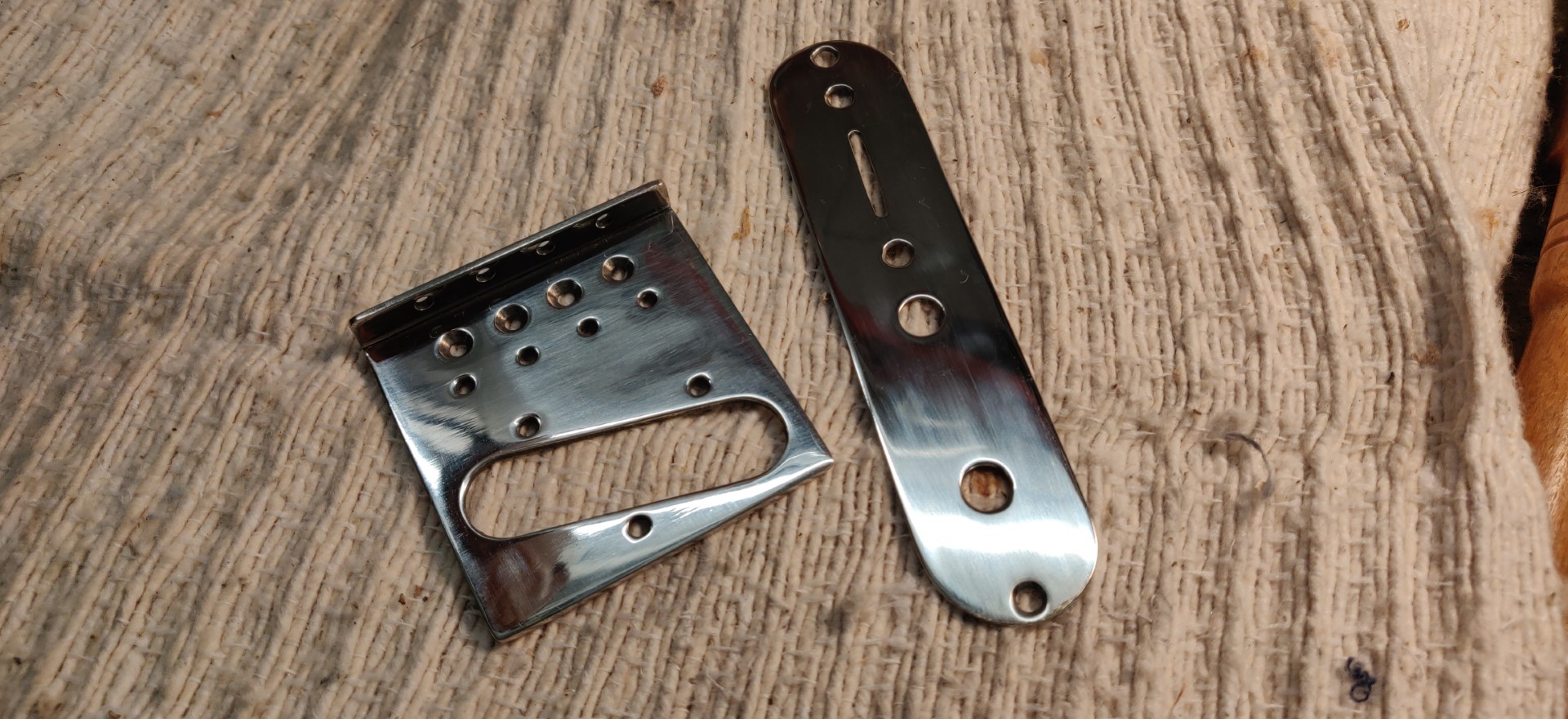
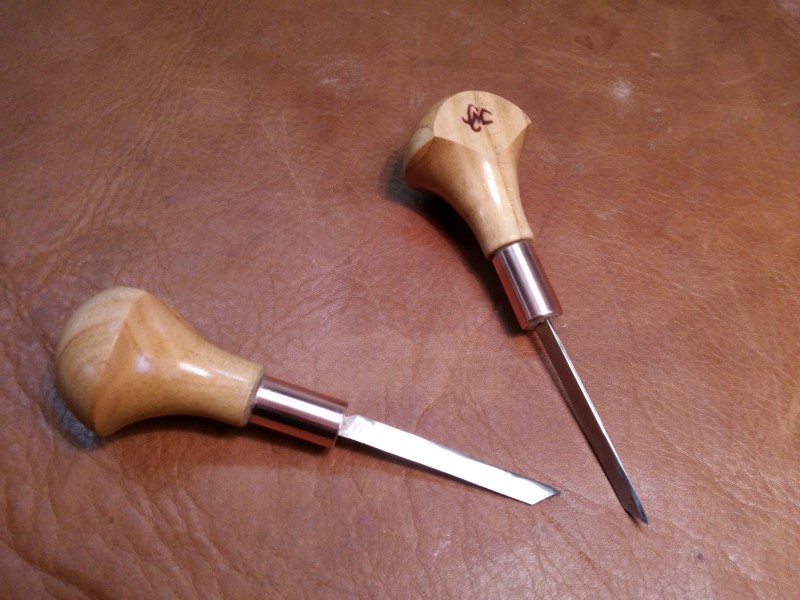
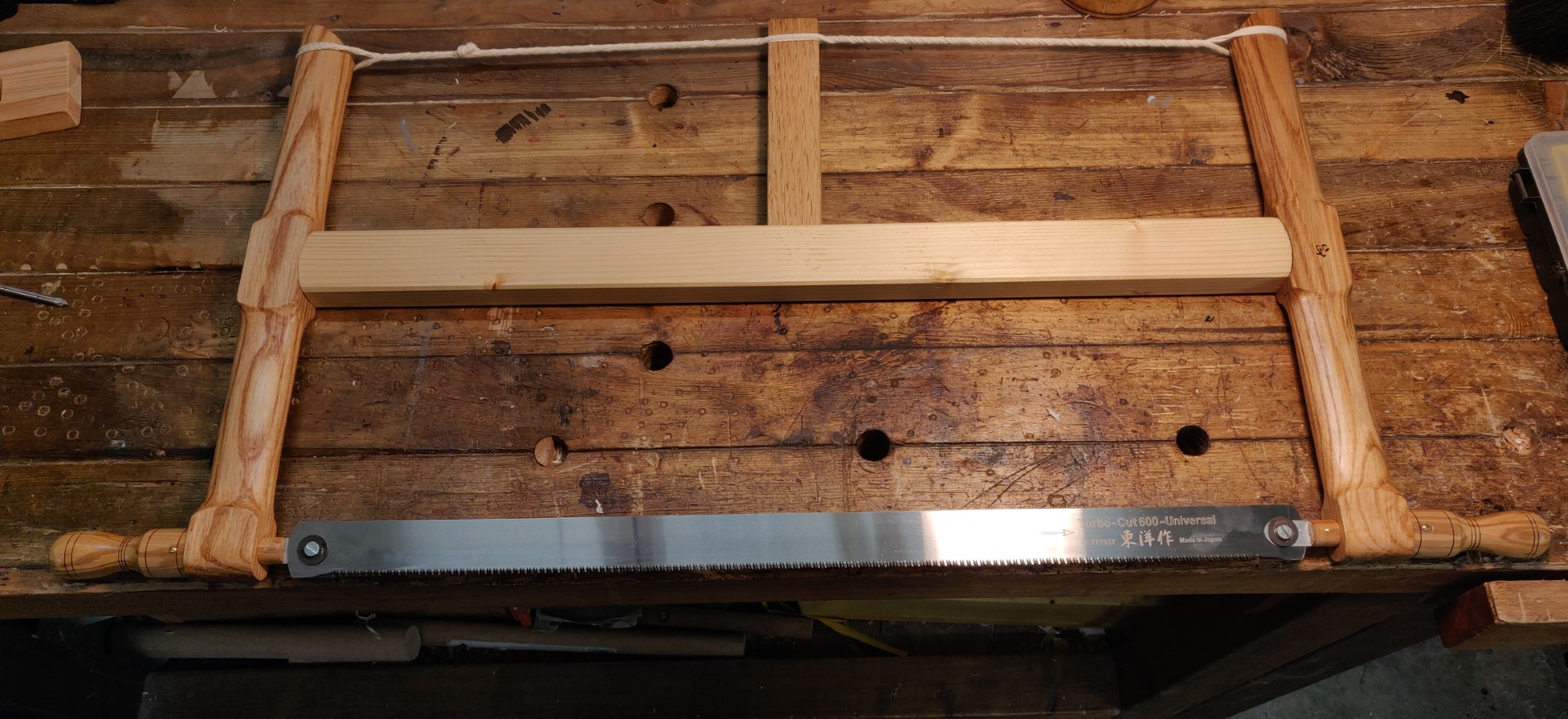
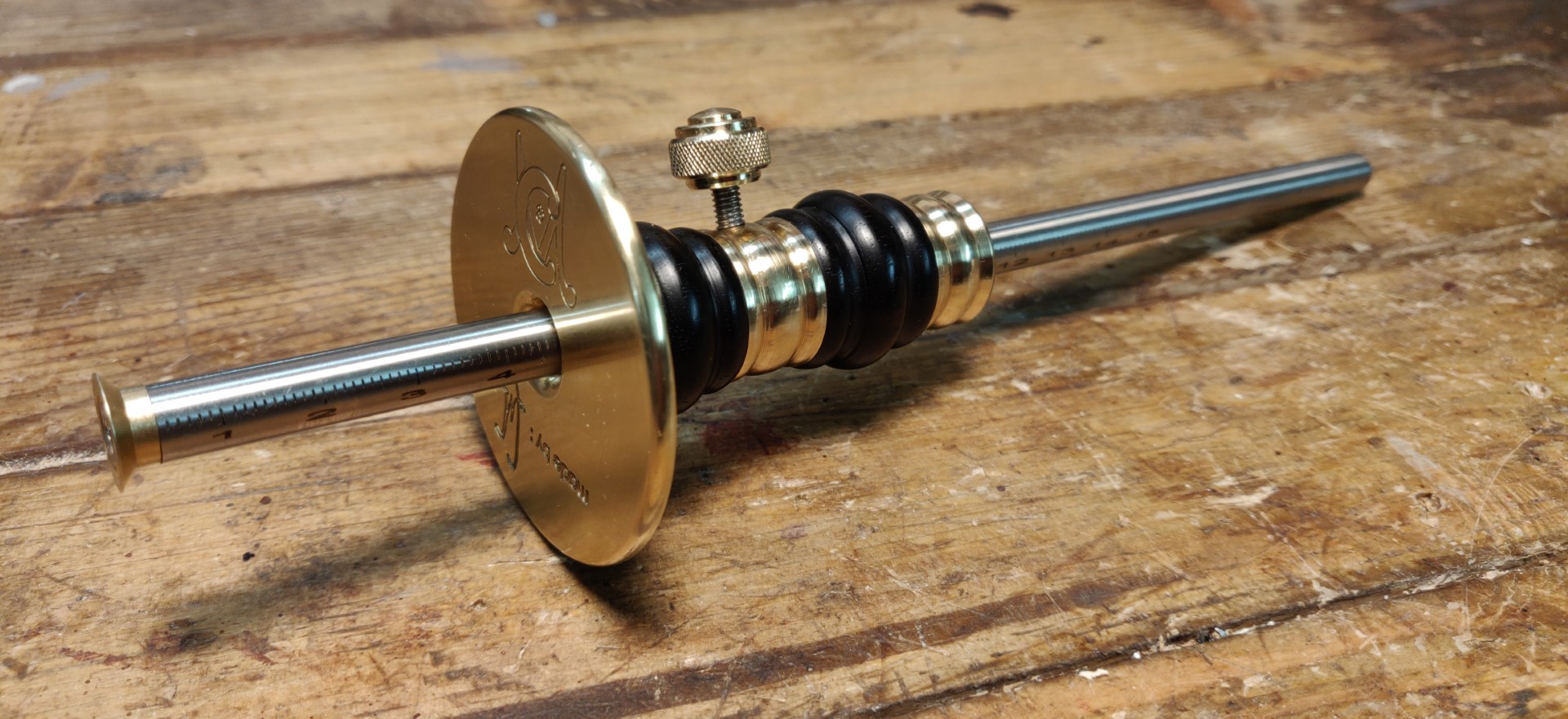
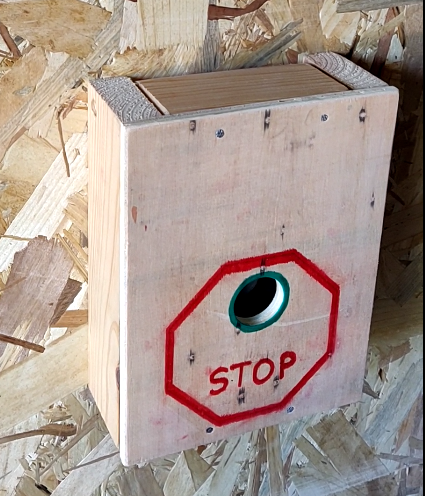
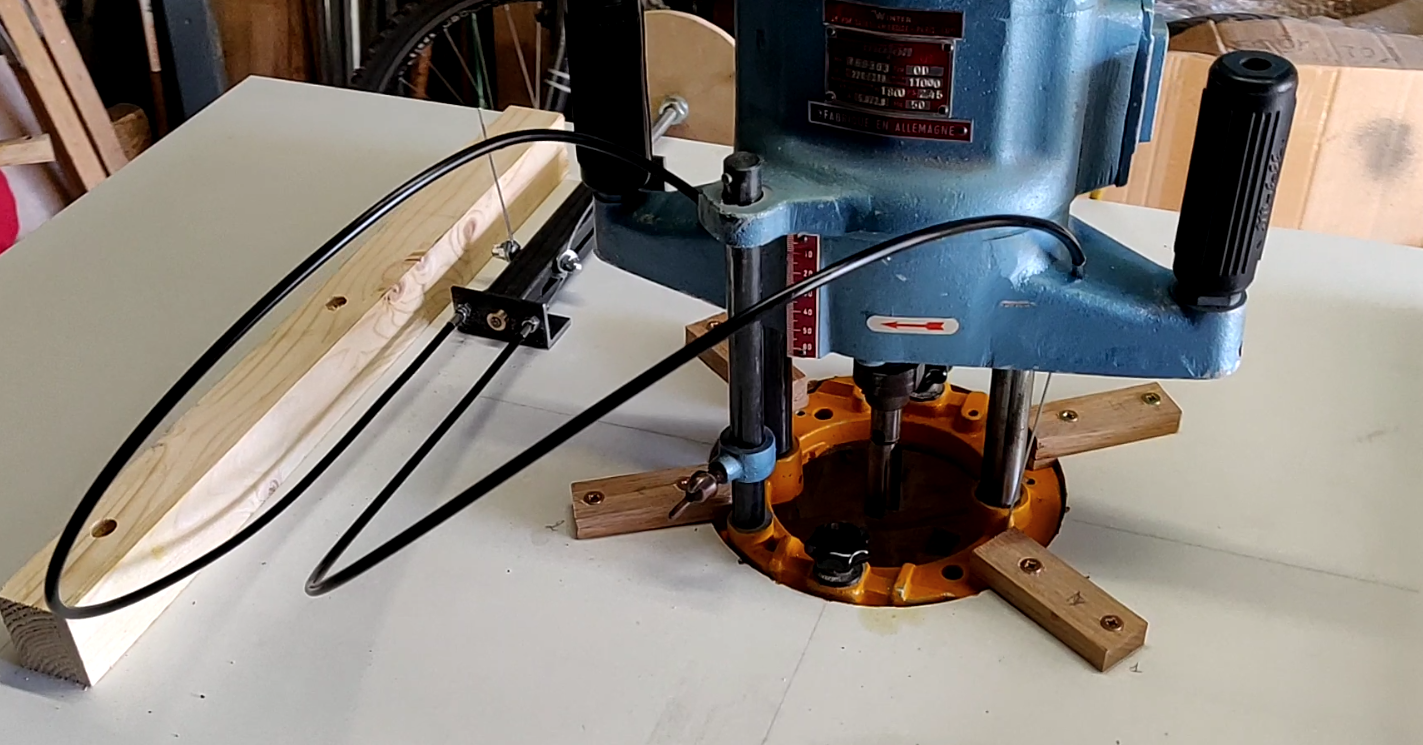
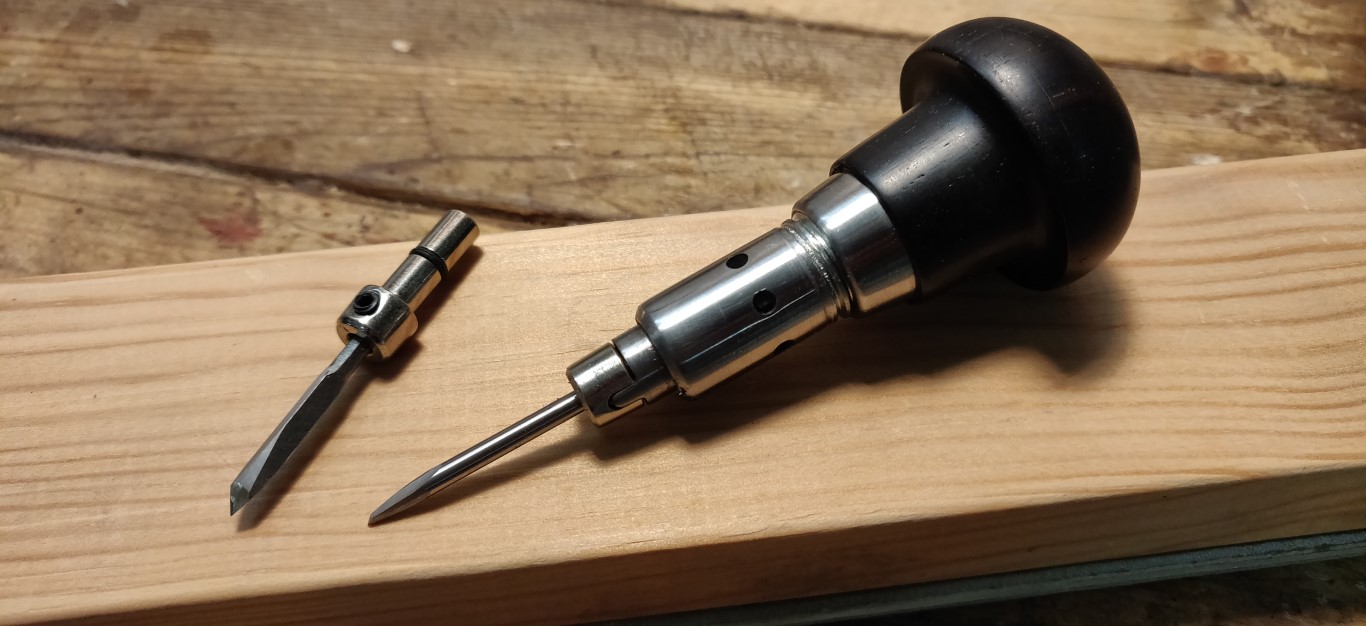
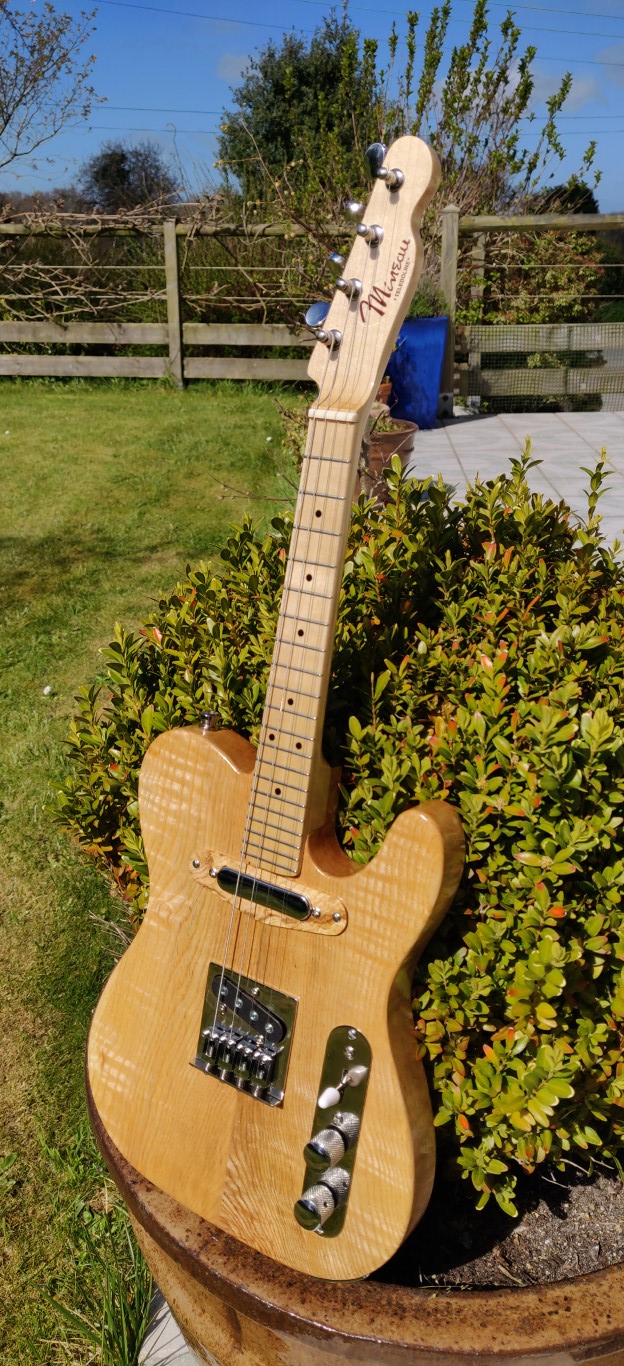
Older readers comments
Hello from patricio
Hello from Panthera
Hello from patabois
Hello from patabois